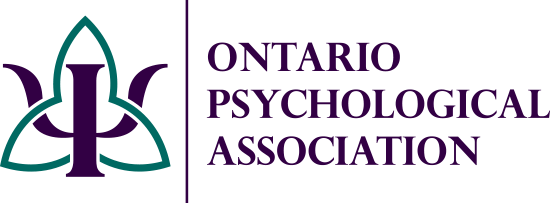Post-Traumatic Stress Disorder (PTSD)
- Intrusive symptoms like recalling memories and dreams, flashbacks, or experiencing distress when reminded of the traumatic event
- Avoidance of anything that reminds a person of the event
- A pattern of negative thinking and mood including negative beliefs about oneself, fear, anger, shame, loss of interest, and difficulty experiencing positive emotions
- Difficulty remembering specific details of the traumatic event
- Arousal and reactivity like irritability, reckless behaviours, hypervigilance, severe anxiety, difficulty concentrating, nightmares, and trouble sleeping
- Depersonalization or derealization in some cases
- Fear of being separated from a parent
- Losing previously acquired skills (e.g. toilet training)
- Sleep problems and nightmares
- New phobias and anxieties that seem unrelated to the traumatic event
- Acting out the traumatic event through play, stories, or drawings
- Aches and pains with no apparent biological explanation
- Irritability and aggression
How is PTSD treated?
Several modalities have been developed to treat PTSD. Cognitive therapies such as Cognitive Behavioural Therapy (CBT) or Cognitive Processing Therapy (CPT) can help recognize patterns of thinking that is keeping an individual “stuck”. Additionally, exposure therapy can help individuals face frightening situations and can be particularly helping in dealing with flashbacks and nightmares. Eye movement desensitization and reprocessing (EMDR) is a combination of exposure therapy and guided eye movements that can help an individual process traumatic memories and adjust reactions to these memories.
If you’ve experienced any of the above symptoms, you may be suffering from PTSD. Contact us for a free 15 minute phone consultation to see how we can help.



